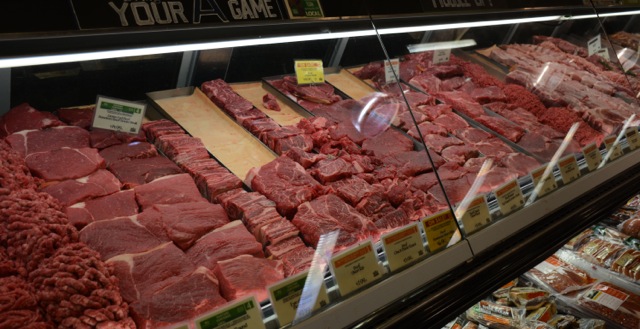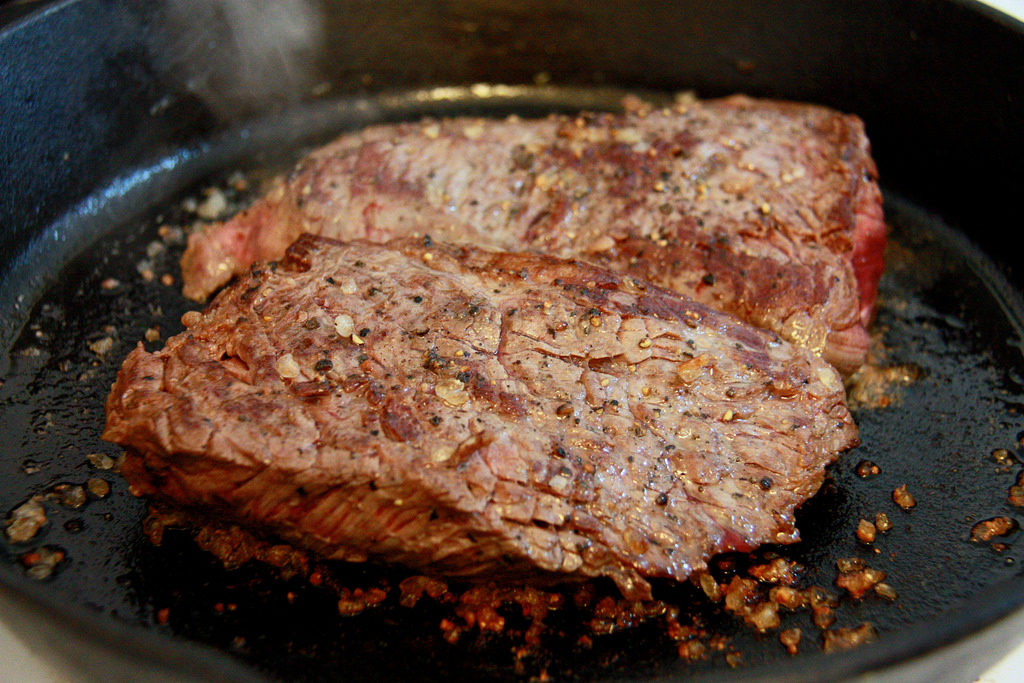Since summer is just around the corner, it’s guaranteed there will be quite a few steaks being thrown on the grill throughout the season. Some people may prefer their meats fully-cooked to a well-done temperature, but others may be fond of medium rare, or even blue rare steaks. With these various stages of steak doneness, how are we to know whether a pink steak is safe to eat or not?

Photo by Emily Waples
If we’re talking beef steaks, and beef steaks only, the verdict is that eating pink meat is safe – if it’s medium rare. Bacteria primarily resides on the outer surface of the steak, and doesn’t penetrate the inside, notably E. coli. In fact, studies were conducted to test the presence of bacteria after cooking a medium rare steak, and the only microorganisms to be found were those that came from the utensils used to cook the steaks, since the tongs had already touched the raw meat.
This means that, if you’re conscientious about sanitation and safety, you can still enjoy your meat pink. Sterilize the tongs between turns, or simply just wash them each time. It sounds labor-intensive, but it’s definitely worth the extra effort for a juicy steak. Ideally, medium rare should be cooked until 140°F internally and laid to rest for a few minutes until 145°F. There’s a high risk of contamination if your desired level of doneness is below medium rare.
Keep in mind that this only applies to beef muscle steaks, and not ground beef. Since ground beef is processed through a grinder, bacteria spreads from the outside to the inside of the meat, so it’s best to cook it to 160°F.

Photo by Kathleen Lee
However, if you’re mechanically tenderizing your muscle through needles or pins, you’re pushing the bacteria into the meat and increasing the risk of internal E. coli contamination, in which case the meat should be cooked to 160°F as well.
Your best friend at the grill should be a meat thermometer (alongside that bottle of beer), so be sure to always keep your utensils clean and actually check the cooking temps each time. You’ll thank us when you’re not going down with a bad case of food poisoning.


